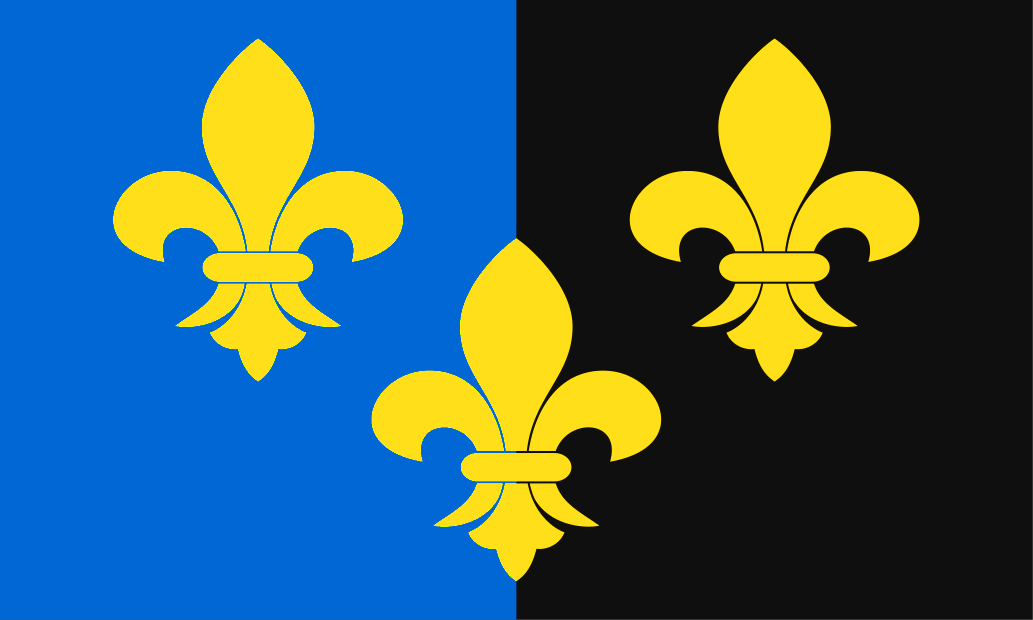Monmouthshire (Sir Fynwy) was once the heart of the Kingdom of Gwent, then the first of the Welsh territories brought directly into the English sphere. Some still debate whether it is of England or Wales, though most might consider the county motto Utrique Fidelis (“Faithful to Both”) to be the final word.
Monmouthshire is noted for its ruined abbeys and ruined castles and its unspoiled views. It stands between Gloucestershire and Herefordshire on the east, and Glamorgan in the west. The county begins at the Wye, the long, rich river entering the Severn south of Chepstow. Chepstow was founded on trade (its name means “market-place” in Old English) but the dominant feature is its Norman castle, for Chepstow Castle, on the Wye, marks the first Norman incursion into Wales. This eastern part of the county is a mirror of the Forest of Dean across the Wye; agricultural and dotted with small villages.
The north and north-west of the county is mountainous, where the Black Mountains extend into the county. The former coal mining valleys of the north-west of the county remain heavily populated, although there is no longer a working pit in the county. Towards the seaboard the land is flatter and lowland farming predominates.
Newport, on the Usk, is a town grown large, now a city with suburbs, human and industrial, reaching out westwards towards Cardiff. North of Newport much has escaped the growth of concrete.
The valleys of the Usk and the Wye are famed for beauty. In them are the towns of earlier invaders too, for the Romans left their mark in Caerwent (Venta Silurum) and Caerleon (Isca Silurum), each fancifully claimed as a site for Arthur’s Camelot.
County Facts
County Town: Monmouth
Main Towns: Abergavenny, Blackwood, Cwmbran, Chepstow, Ebbw Vale, Raglan, Monmouth, Newport, Pontypool, Tredegar, Usk.
Main Rivers: Monnow, Usk, Wye, Ebbw, Rumney.
Highlights: Agincourt Square, Monmouth; Caerleon Roman Baths & Ampitheatre; Chepstow Castle; Llanthony Priory; Tintern Abbey; Westgate Hotel, Newport; Transport Bridge, Newport; Wye Valley.
Highest Point: Chwarel-y-Fan, 2,226 feet.
Area: 530 sq miles
County Flower: Foxglove
County Day: September 25th (St Cadoc’s Day)



